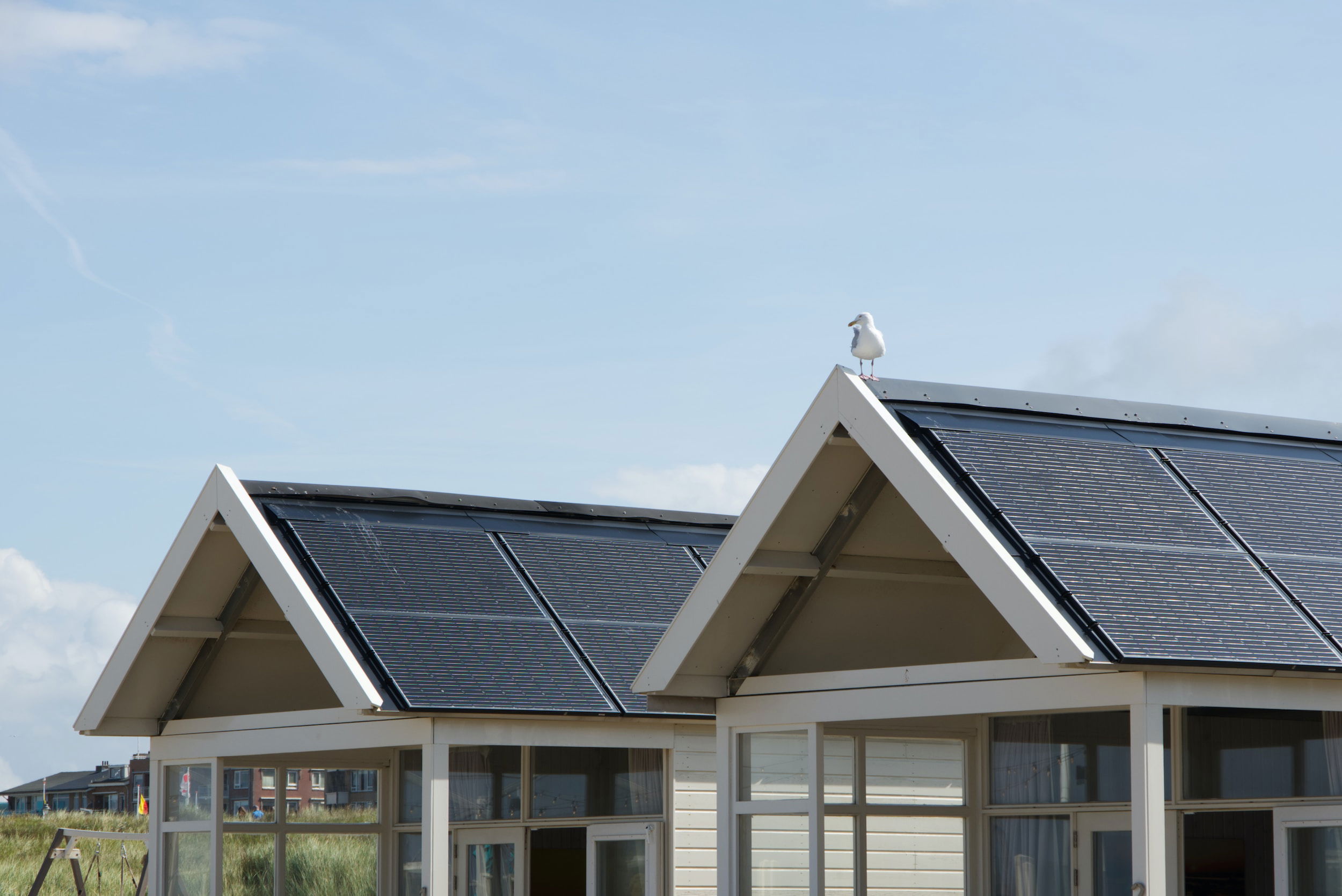The DIY Guide to Solar Panels for Your Home
Solar energy is a clean and sustainable source of power that has gained popularity for its environmental benefits and potential cost savings. While many homeowners are interested in harnessing solar energy, the idea of installing solar panels may seem daunting. However, with the right knowledge and resources, you can embark on a DIY solar panel project for your home. In this comprehensive guide, we'll explore the world of DIY solar panels, covering everything from understanding solar energy to the steps involved in designing, installing, and maintaining your solar power system.

The Advantages of Solar Energy
Before diving into the DIY aspect of solar panels, let's take a moment to consider why solar energy is so appealing:
- Environmentally Friendly: Solar energy is a renewable and clean source of power that reduces greenhouse gas emissions and reliance on fossil fuels.
- Energy Cost Savings: Solar panels can significantly reduce or eliminate your monthly electricity bills, providing long-term savings.
- Energy Independence: Generating your electricity gives you independence from utility companies and grid outages.
- Increased Property Value: Solar panel installations can increase the resale value of your home.
- Incentives and Tax Credits: Many governments offer incentives, tax credits, and rebates to encourage solar panel installations.
Getting Started with DIY Solar Panels
1. Educate Yourself
Before you start your DIY solar panel project, take the time to educate yourself about solar energy, photovoltaic (PV) systems, and the equipment involved. Understanding the basics will help you make informed decisions throughout the process.
2. Assess Your Home's Suitability
Evaluate your home's location, orientation, and shading to determine its suitability for solar panels. Ideally, your roof should receive ample sunlight throughout the day.
3. Determine Your Energy Needs
Analyze your electricity consumption to determine the size of the solar panel system you'll need. This will help you calculate the number of panels required to meet your energy needs.
4. Permitting and Regulations
Check with your local government and utility company for permitting requirements, regulations, and grid connection guidelines. Compliance with local regulations is crucial for a successful solar panel installation.
DIY Solar Panel Installation Steps
1. Design Your System
- Choose Solar Panels: Select high-quality solar panels that match your energy needs and budget.
- Inverter Selection: Choose the right type of inverter (string, micro, or power optimizer) based on your system design.
- Mounting and Racking: Decide on the type of mounting and racking system that suits your roof or ground installation.
2. Acquire Materials and Equipment
Purchase solar panels, inverters, mounting hardware, and other necessary materials. Ensure that you have the tools required for installation, such as drills, wrenches, and safety equipment.
3. Installation
- Mounting: Install the mounting system on your roof or designated area.
- Wiring: Connect the solar panels and inverters using appropriate wiring and conduit.
- Inverter Installation: Mount the inverter in a well-ventilated, accessible location.
- Electrical Work: If you're not experienced with electrical work, it's advisable to hire a licensed electrician to connect the system to your electrical panel.
4. Grid Connection
Coordinate with your utility company to ensure a safe and legal connection to the grid. This step may require inspections and approvals.
5. Monitoring and Maintenance
Set up a monitoring system to track your solar panel's performance. Regularly clean and inspect your panels, and be prepared for occasional maintenance.

Conclusion
Harnessing solar energy through DIY solar panels is an exciting and environmentally responsible venture. By educating yourself, assessing your home's suitability, and following the installation steps, you can enjoy the benefits of clean, renewable energy while potentially saving money on electricity bills. Remember to comply with local regulations and consider consulting with professionals, especially for electrical work. As you watch your solar panels generate clean energy and reduce your carbon footprint, you'll experience the satisfaction of contributing to a more sustainable future for yourself and the planet. So, start your DIY solar panel project and let the power of the sun illuminate your home.